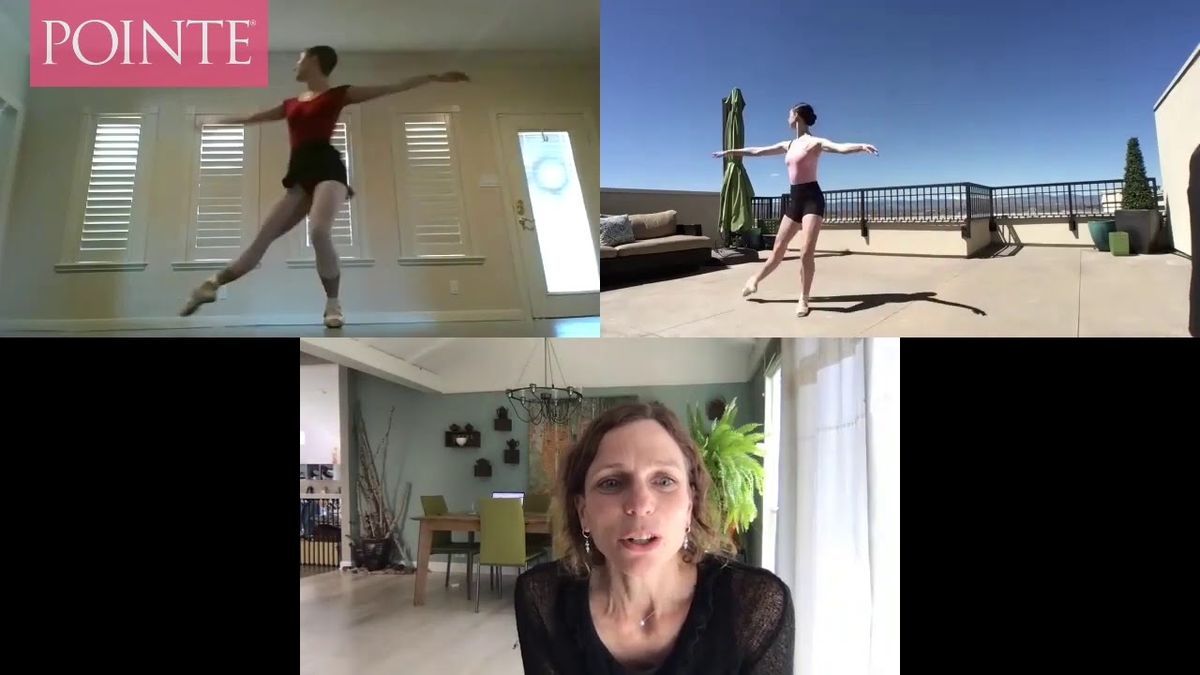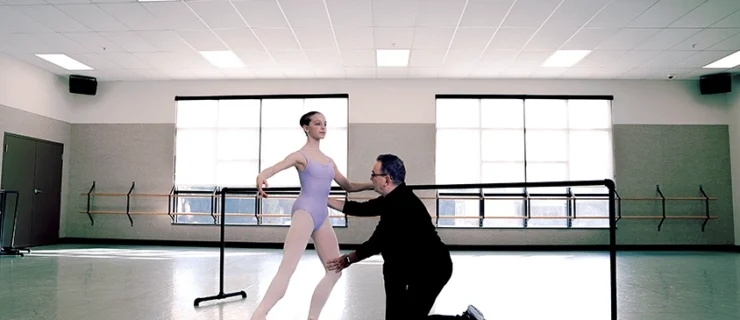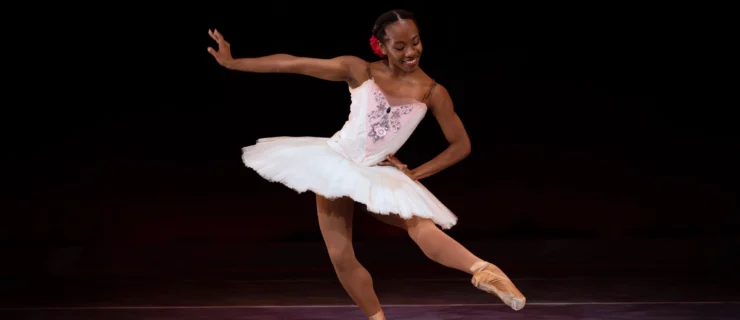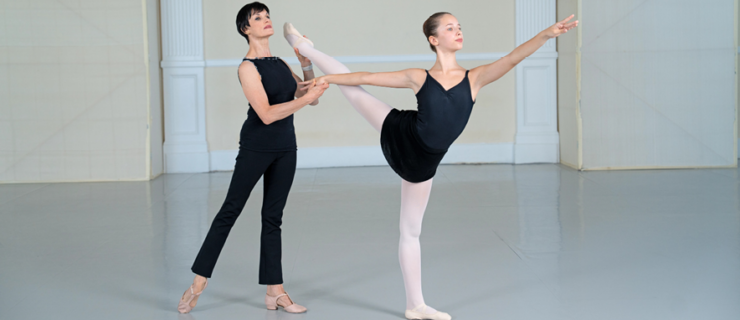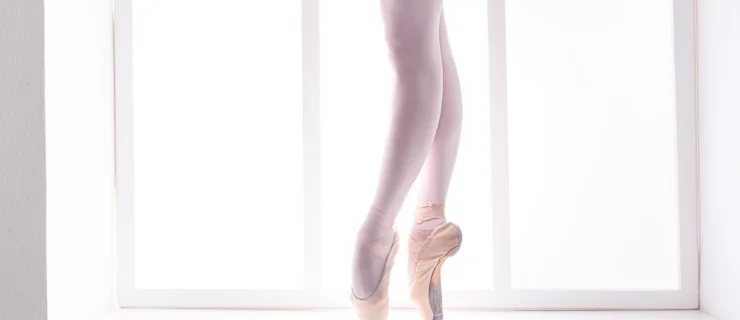Erica Fischbach's Tips for Practicing Piqué Turns in Quarantine
August 13, 2020
A string of piqué turns en dedans, says Erica Fischbach, director of Colorado Ballet Academy, should appear powerful yet effortless. “The effect you want to create is that you’re flying.” In this video tutorial, Fischbach offers her insights for practicing piqué turns while training at home—although her advice easily applies to turning onstage and in the studio, too!
